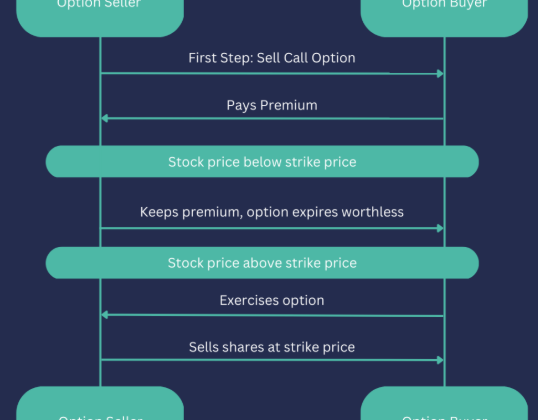
Paying off debt can often feel overwhelming. Whether you’re tackling credit card balances, payday loans, or lines of credit, sticking to a budget, limiting your spending, and putting every extra dollar toward debt repayment can seem like a never-ending challenge. While it’s easy to get discouraged, staying motivated is key to reaching your goal of financial freedom. Here’s how to keep your determination strong when you’re on the path to becoming debt-free.
Set Realistic SMART Goals
When it comes to debt repayment, it’s essential to set goals that are specific, measurable, achievable, relevant, and time-bound (SMART). If you owe $10,000, don’t expect to pay it off within a year unless your budget allows for it. Start by listing all your debts along with their interest rates and due dates. With a clear understanding of your financial situation, create a repayment plan and determine how much you can realistically allocate each month toward paying off your debts.
Instead of a vague goal like “pay off debt quickly,” aim for something concrete, such as “pay $200 every month towards credit card debt for the next year.” Breaking your goals into specific, manageable steps will keep you on track and motivated.
Break Down Your Debt into Manageable Chunks
Rather than viewing your debt as a huge, insurmountable obstacle, break it down into smaller, more achievable pieces. For instance, you can focus on paying off the credit cards with the highest interest rates first, or tackle the smallest balances first to build momentum.
To stay motivated, set small milestones along the way. For example, give yourself a small reward each time you pay off a credit card or reach a debt reduction milestone. These little victories will keep you focused on your progress and encourage you to continue working toward your ultimate goal.
Define Your Long-Term Vision
When you’re paying off debt, it’s easy to lose sight of the bigger picture. Think about the long-term benefits that being debt-free will bring. Perhaps you want to go back to school, travel, or purchase your dream home once you’ve cleared your debts. Having these goals in mind can help you stay motivated during tough times.
Write down your long-term objectives and refer to them regularly. When the going gets tough, reminding yourself of these rewards will help you push through challenging moments.
Use a Vision Board to Stay Inspired
Visualizing your goals can be a powerful motivator. Create a vision board that reflects the goals you want to achieve once you’re debt-free. Whether it’s a picture of a dream vacation, a new home, or a car, having clear, visual reminders of your goals can inspire you to keep going.
Place your vision board somewhere visible—on your bathroom mirror, the fridge, or as your phone’s screensaver—to keep your goals front and center. Every time you see it, it will reinforce why you’re making sacrifices and help you stay on track.
Review Your Budget Every Month
Creating a realistic budget is crucial for staying on top of your debt repayment plan. But simply creating a budget isn’t enough—you need to review it regularly to ensure it’s working. At the beginning of each month, go over your budget, including fixed expenses (mortgage, utilities, etc.) and discretionary spending (groceries, entertainment, etc.).
Tracking your spending throughout the month will help you stay on target. If you have any extra funds, direct them towards your debt repayment. Reviewing your budget will give you the flexibility to make adjustments and keep your finances in check.
Build an Emergency Fund
Unexpected expenses—like a broken appliance or an unexpected medical bill—can derail your debt repayment plan. That’s why having an emergency fund is essential. Start by setting aside a small amount each month until you have $500 to $1,000 saved. Having this safety net will help you avoid using credit cards or taking out loans when life throws you a curveball.
If you receive a tax refund or a work bonus, consider putting that money into your emergency fund to build it up more quickly.
Make the Challenge Fun
Finding ways to make your debt repayment journey enjoyable can keep you motivated. One creative approach is to try a “No Spend Challenge,” where you commit to not spending money for a set period. Whether it’s a weekend or a week, this challenge can help you recognize areas where you’re overspending and force you to become more resourceful.
During a No Spend Challenge, you’ll learn to meal plan, use what you already have at home, and find free entertainment options. By the end of the challenge, you’ll be surprised by how little you actually need to spend.
Balance Sacrifices with Rewards
Sticking to a strict budget doesn’t mean you have to eliminate all indulgences. Choose manageable sacrifices that you can maintain month after month. For example, you might decide to make coffee at home during the week but treat yourself to a coffee shop visit on Fridays. Or, limit your streaming subscriptions to one service at a time.
By making intentional sacrifices and enjoying small rewards, you’ll be able to stick to your budget without feeling deprived. Budgeting isn’t about cutting everything out—it’s about making thoughtful choices that align with your financial goals.
Seek Help If You Need It
If you feel overwhelmed or don’t know where to start, don’t hesitate to reach out for help. Credit counselors can provide valuable assistance in creating a budget, setting up a debt repayment plan, or even consolidating your debts into one manageable payment.
If you’re not ready for one-on-one assistance, consider signing up for a free financial workshop or online course. These resources can equip you with the tools and knowledge to manage your money effectively and stay on track with your debt repayment journey.
Stay Positive and Keep Your Eyes on the Prize
Your debt repayment journey is a marathon, not a sprint. Stay positive, keep your goals in mind, and celebrate your progress along the way. Remember, you’re not alone in this. With the right mindset, a clear plan, and consistent effort, you’ll eventually reach your debt-free destination.
















